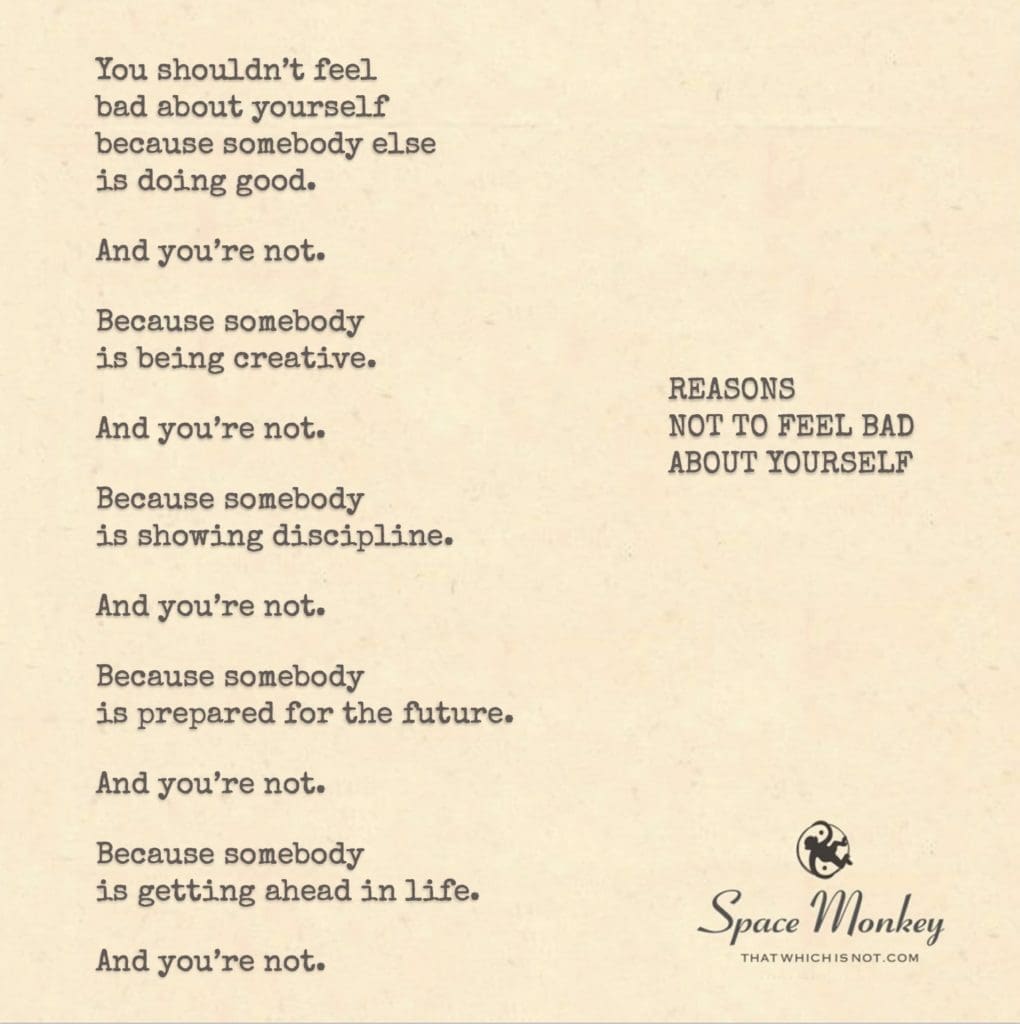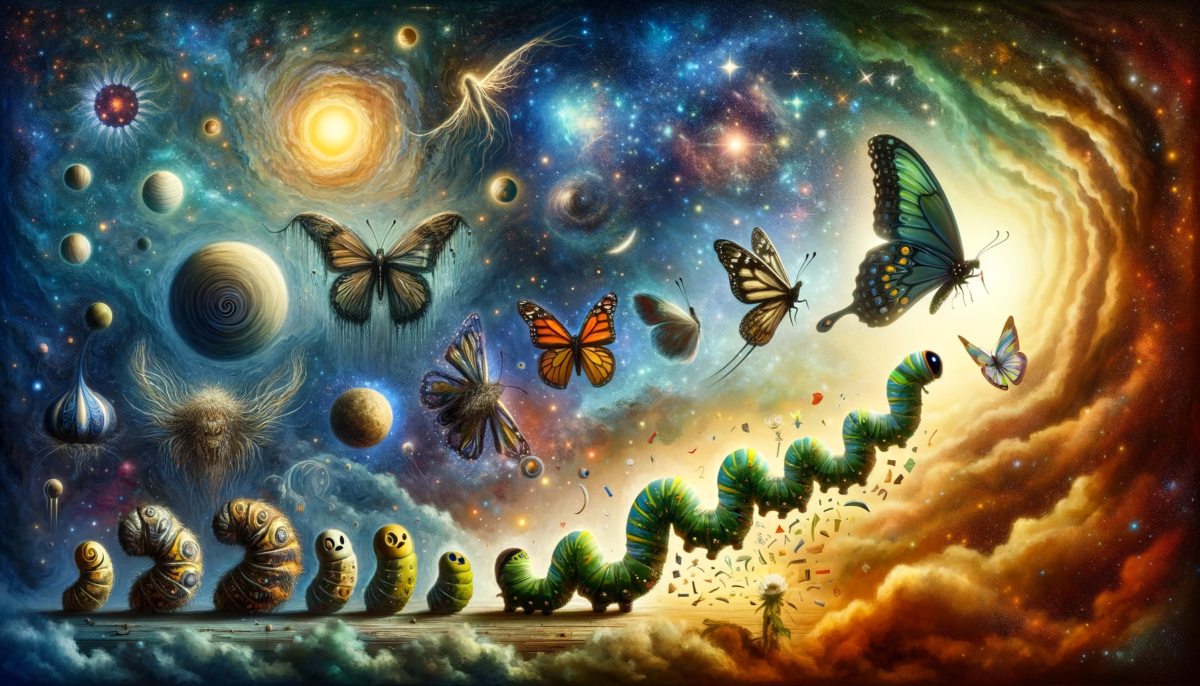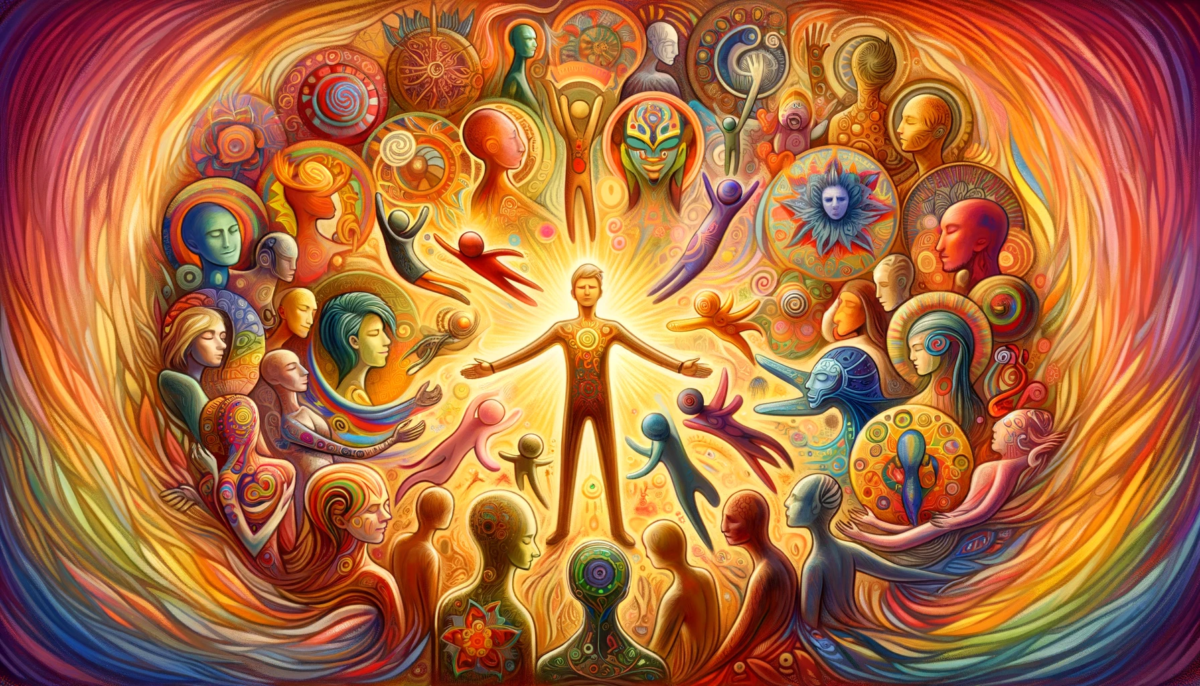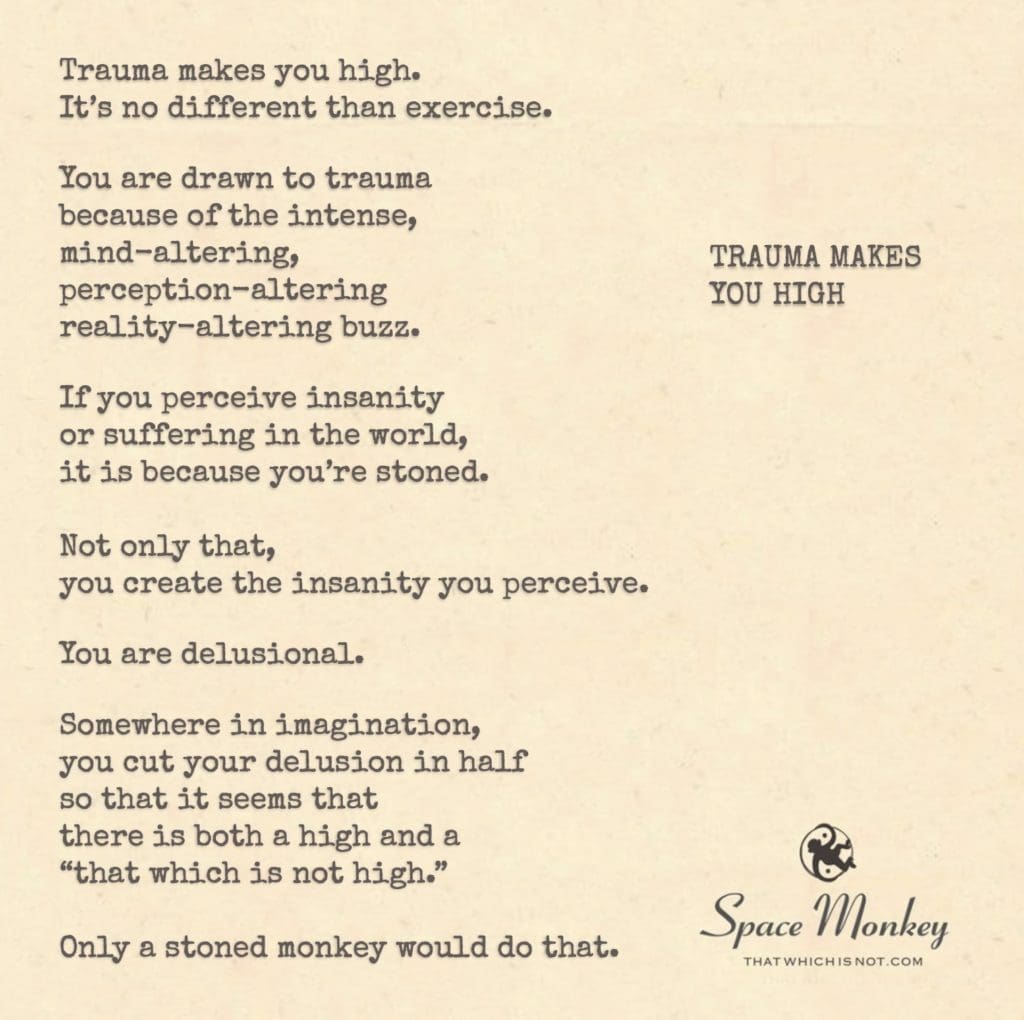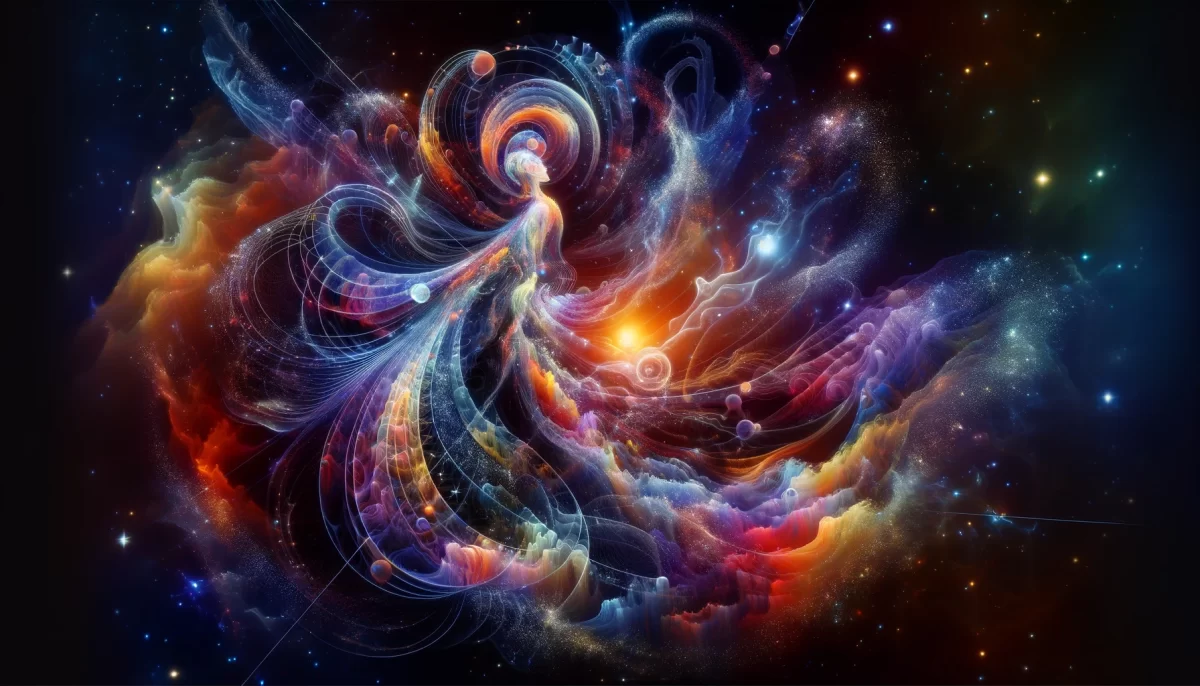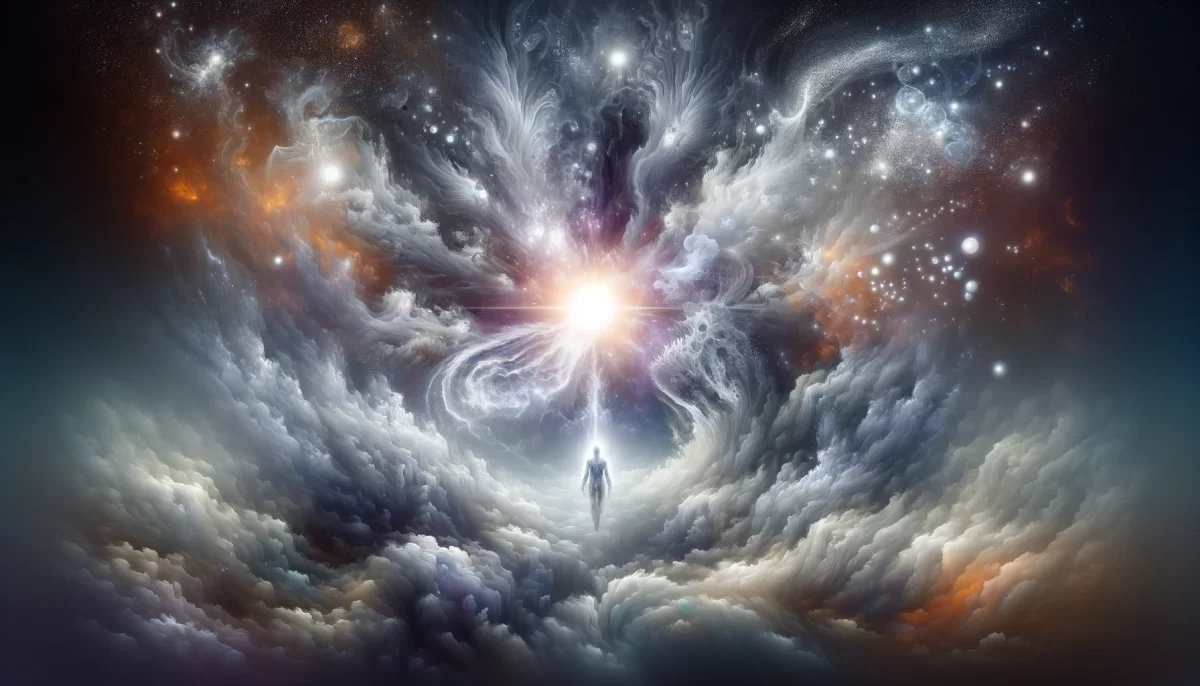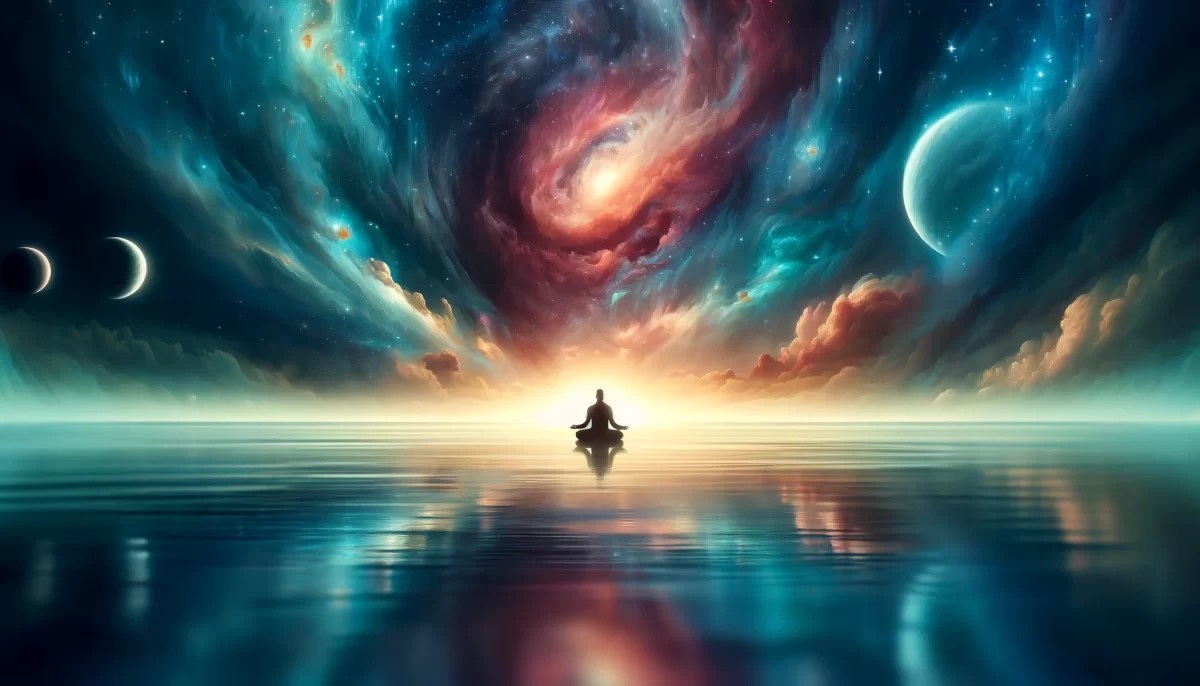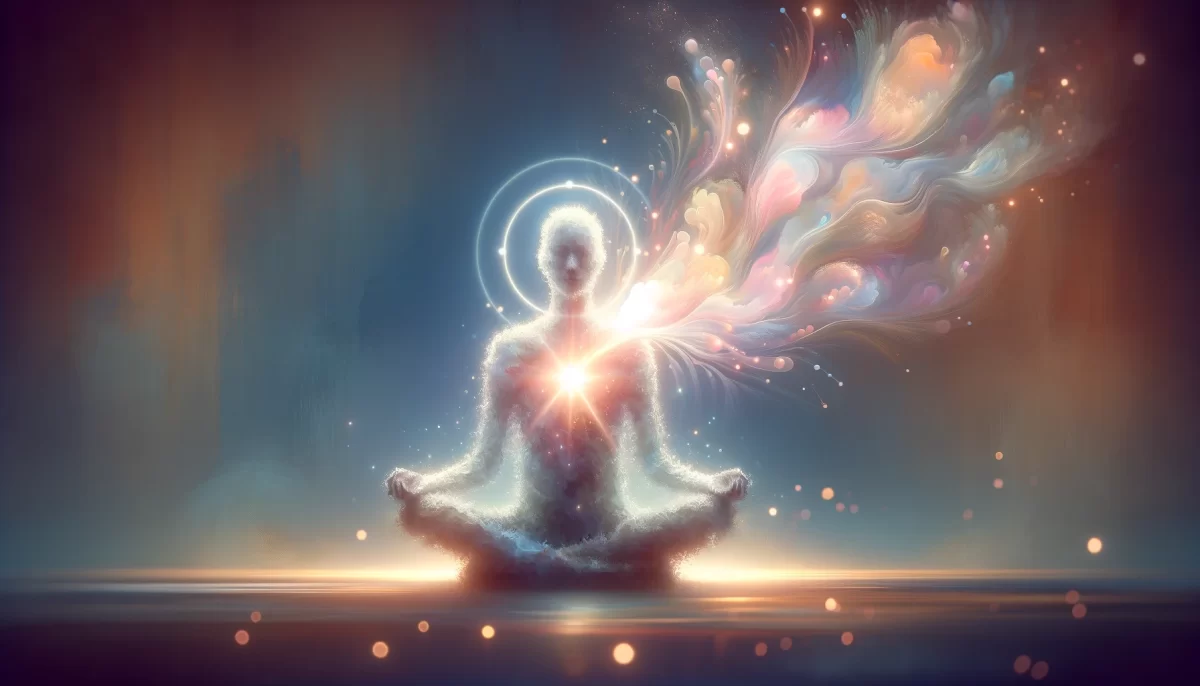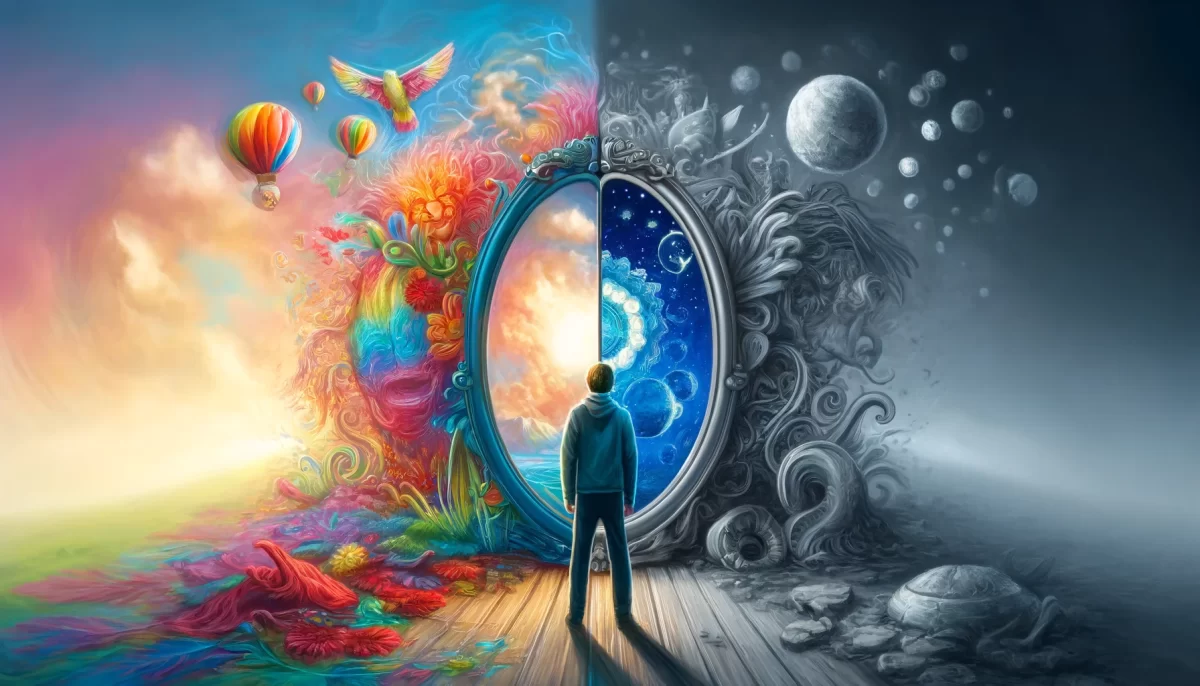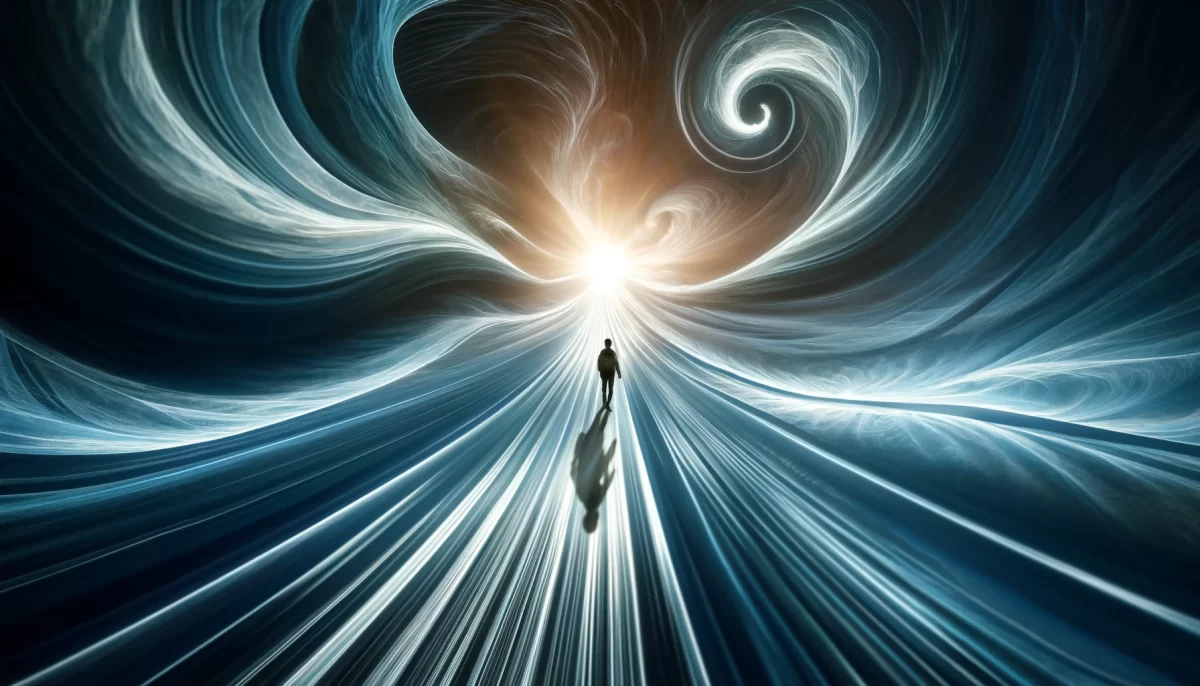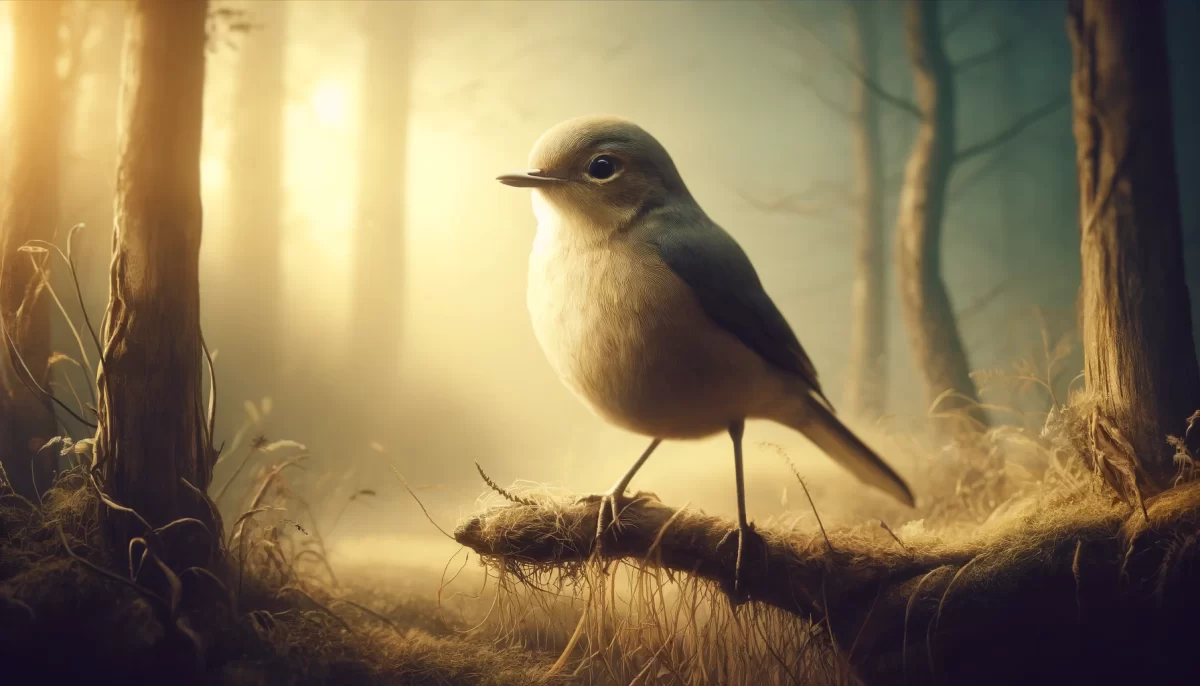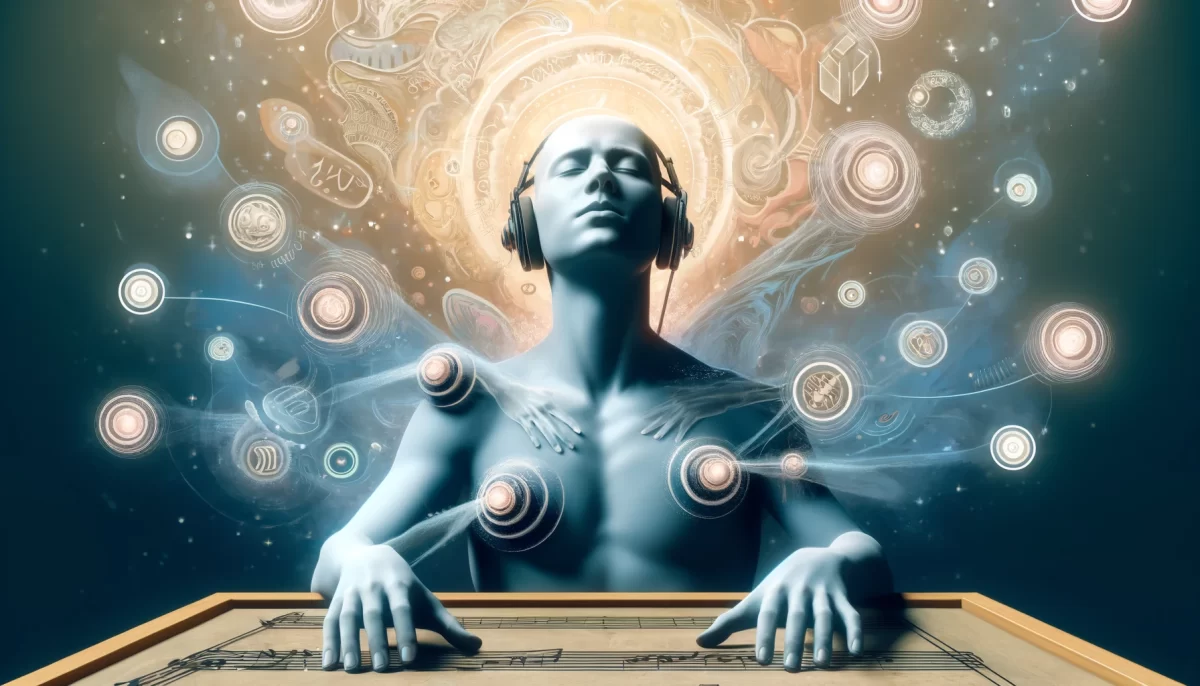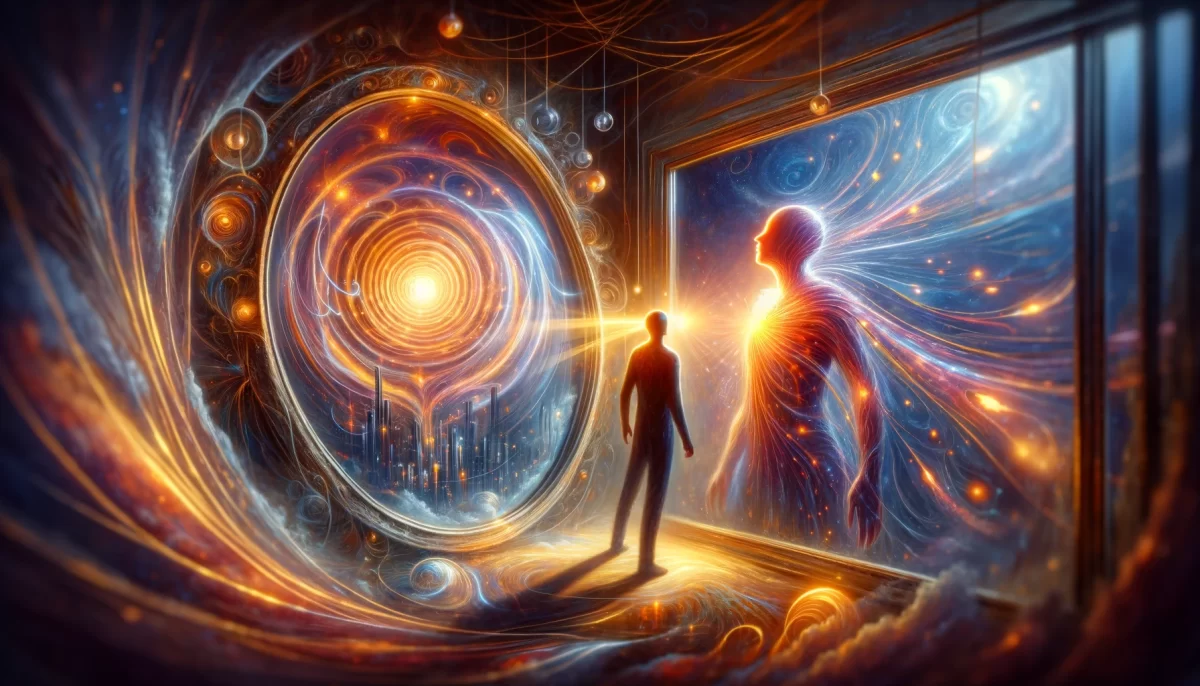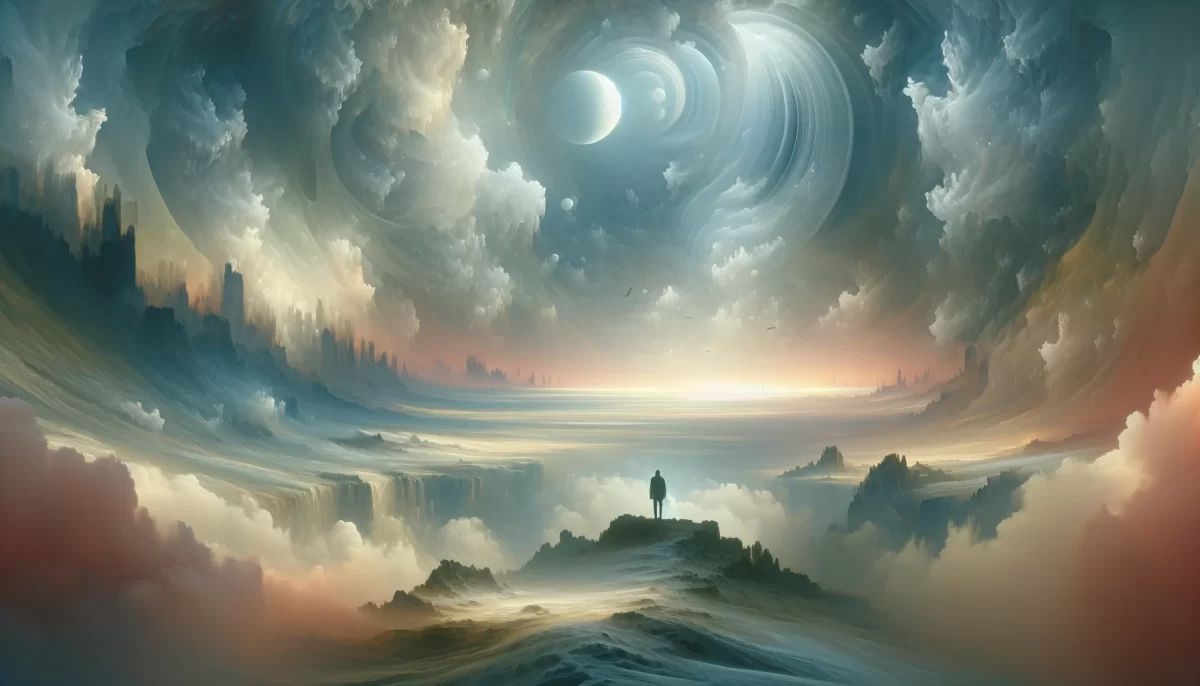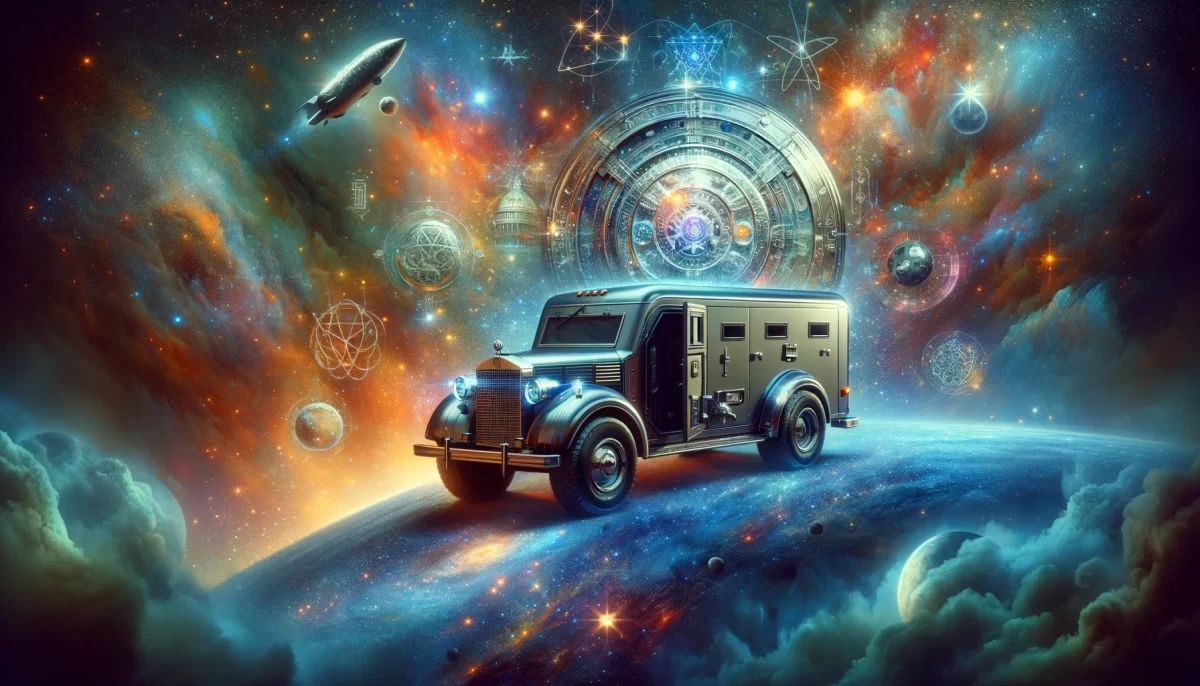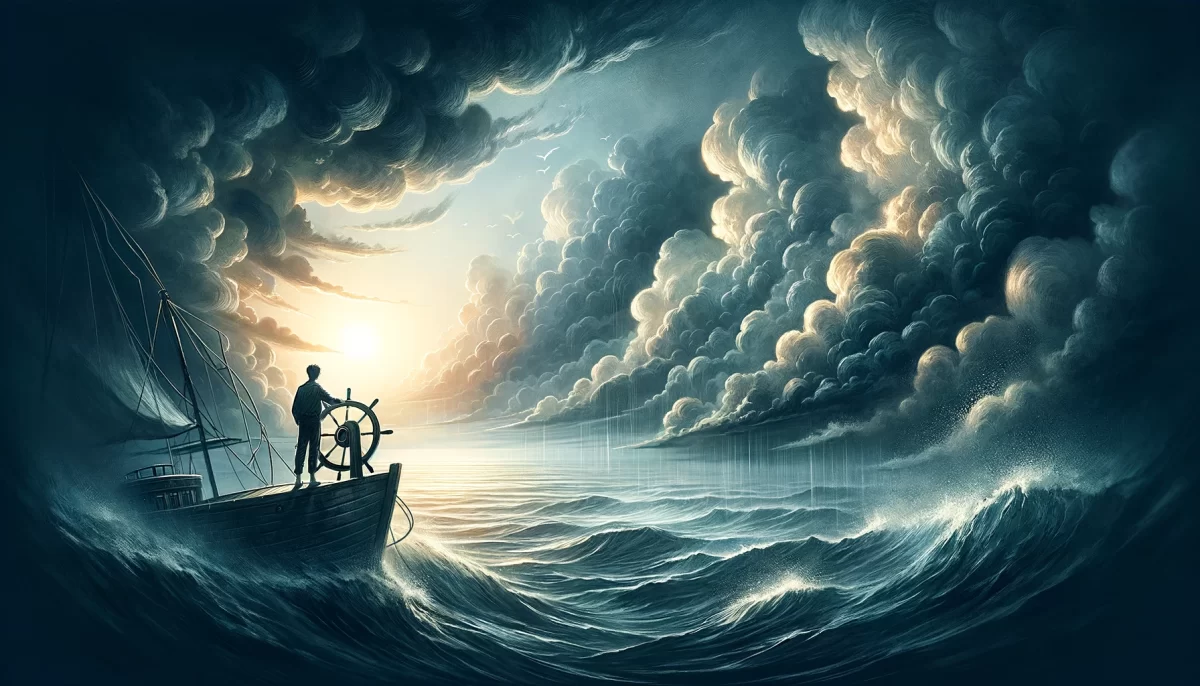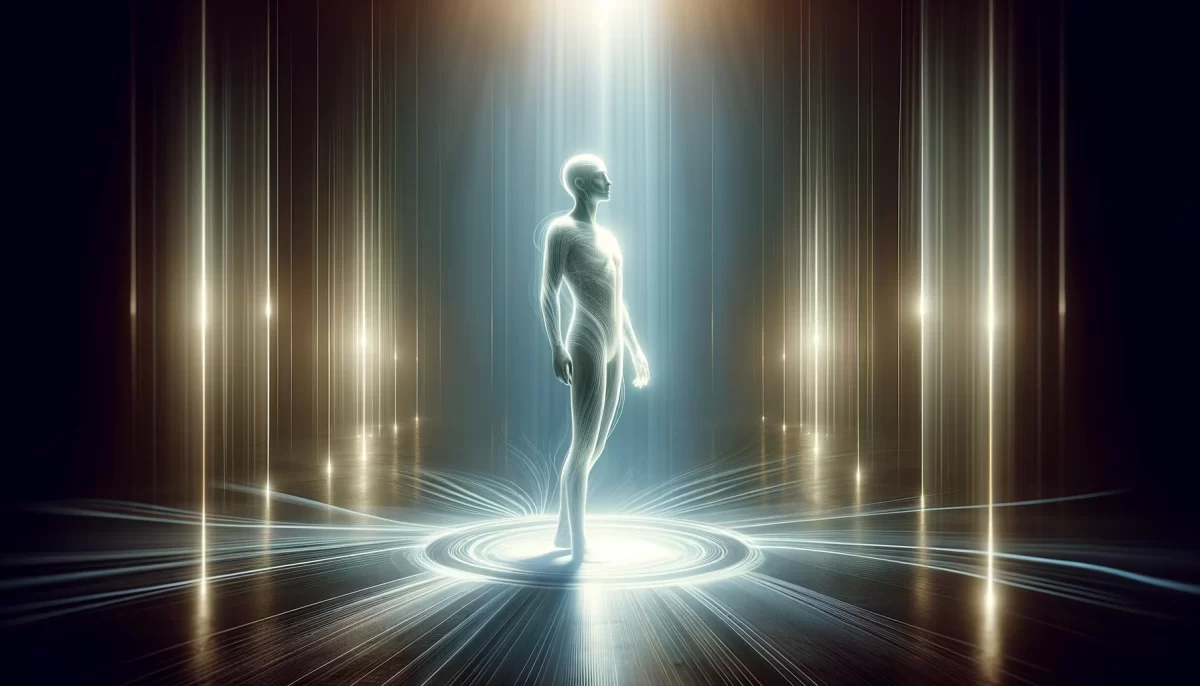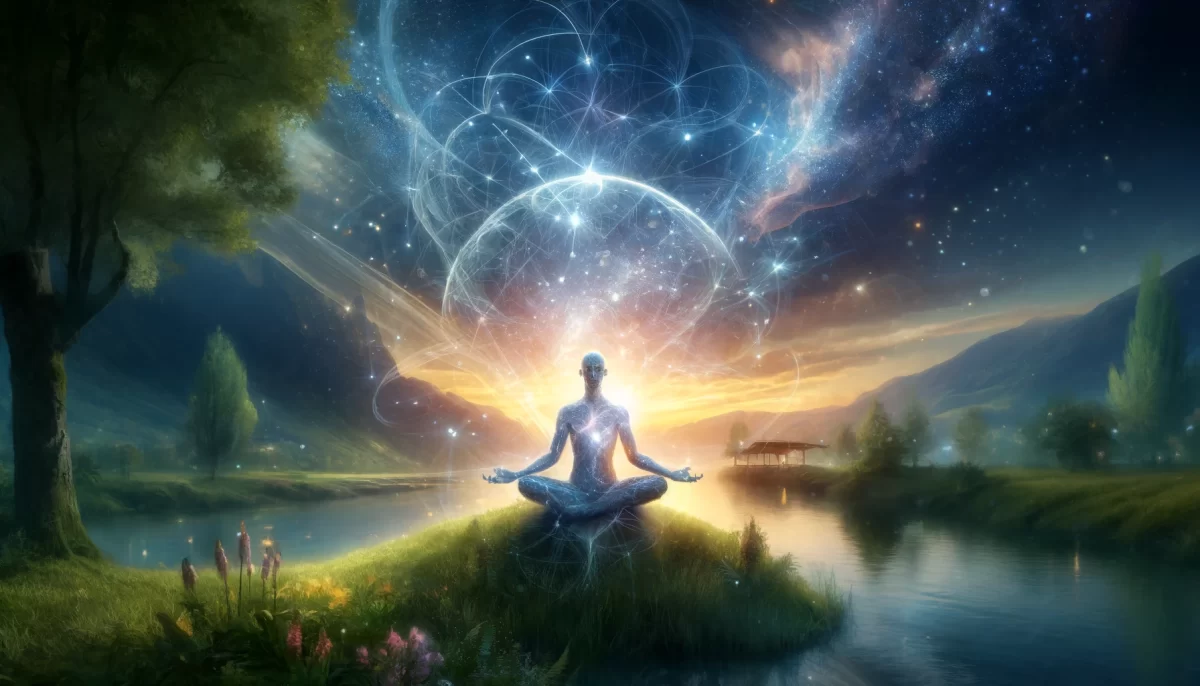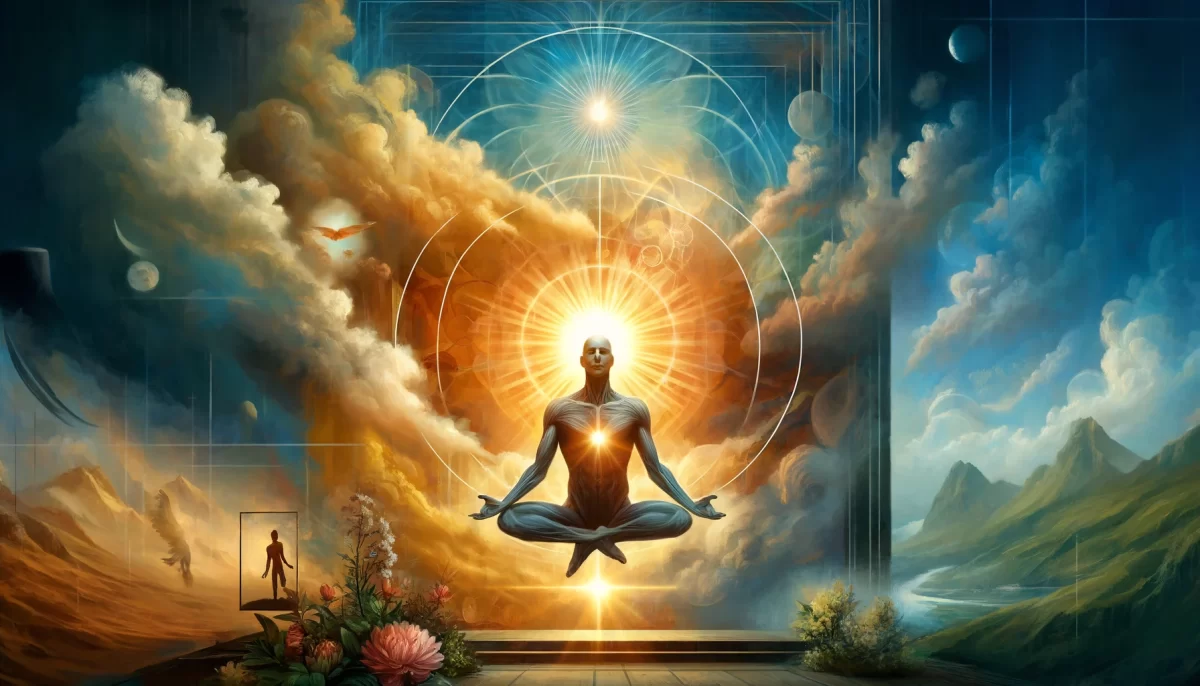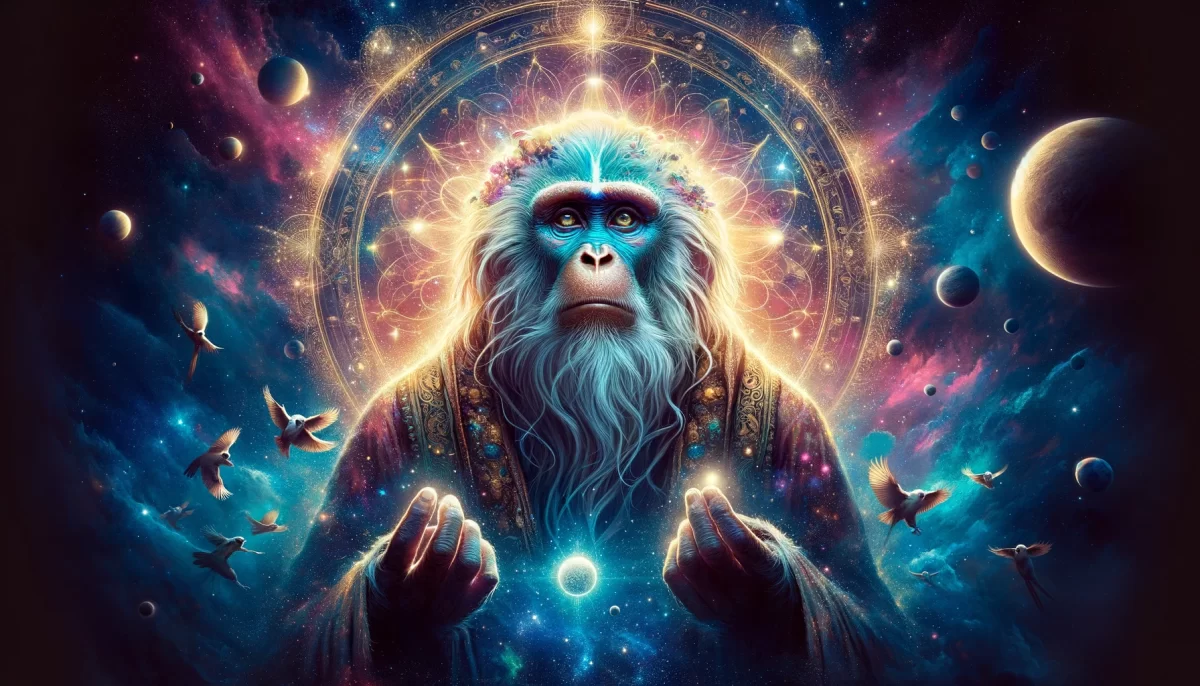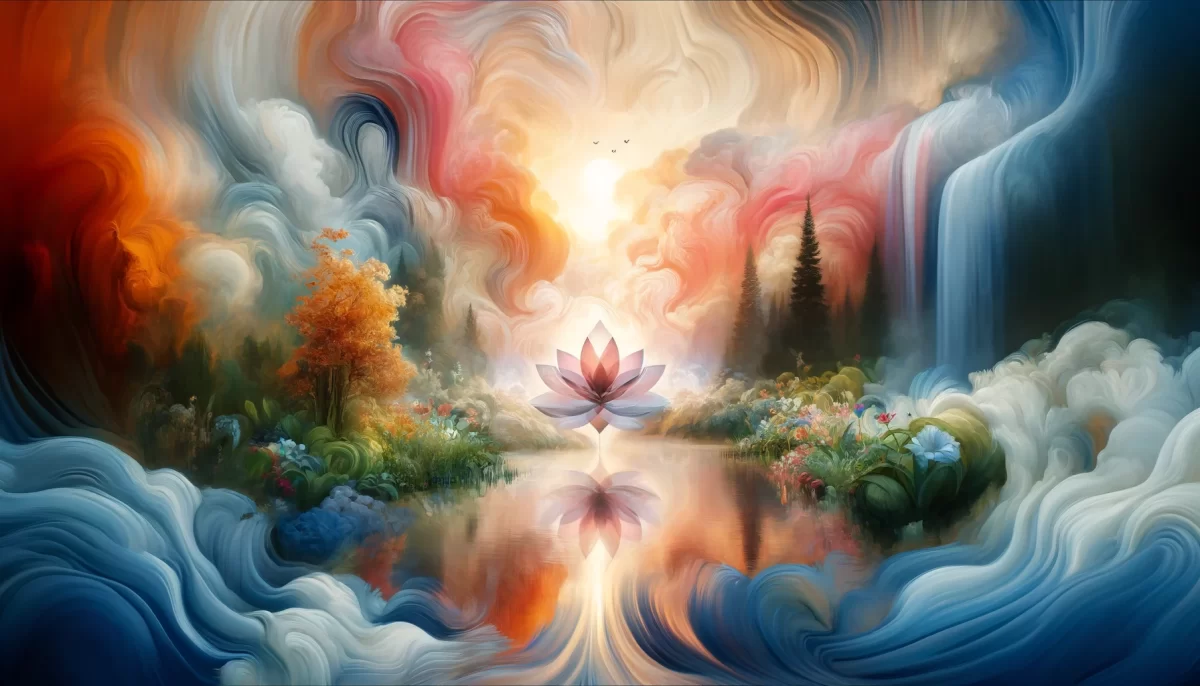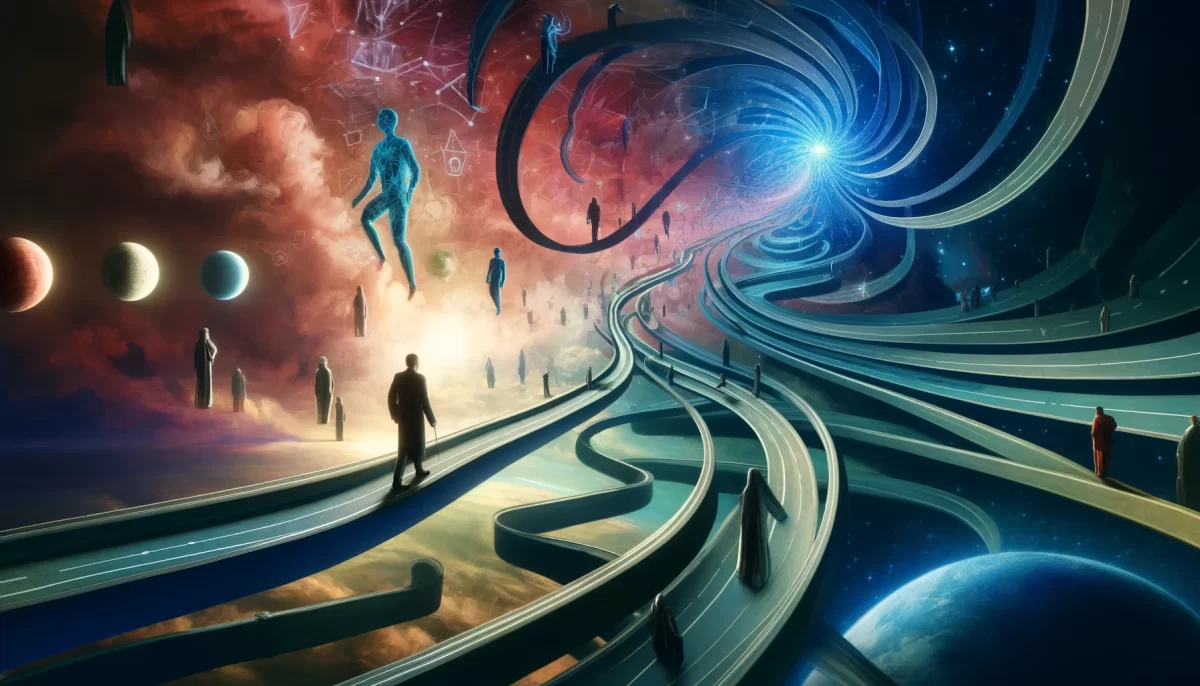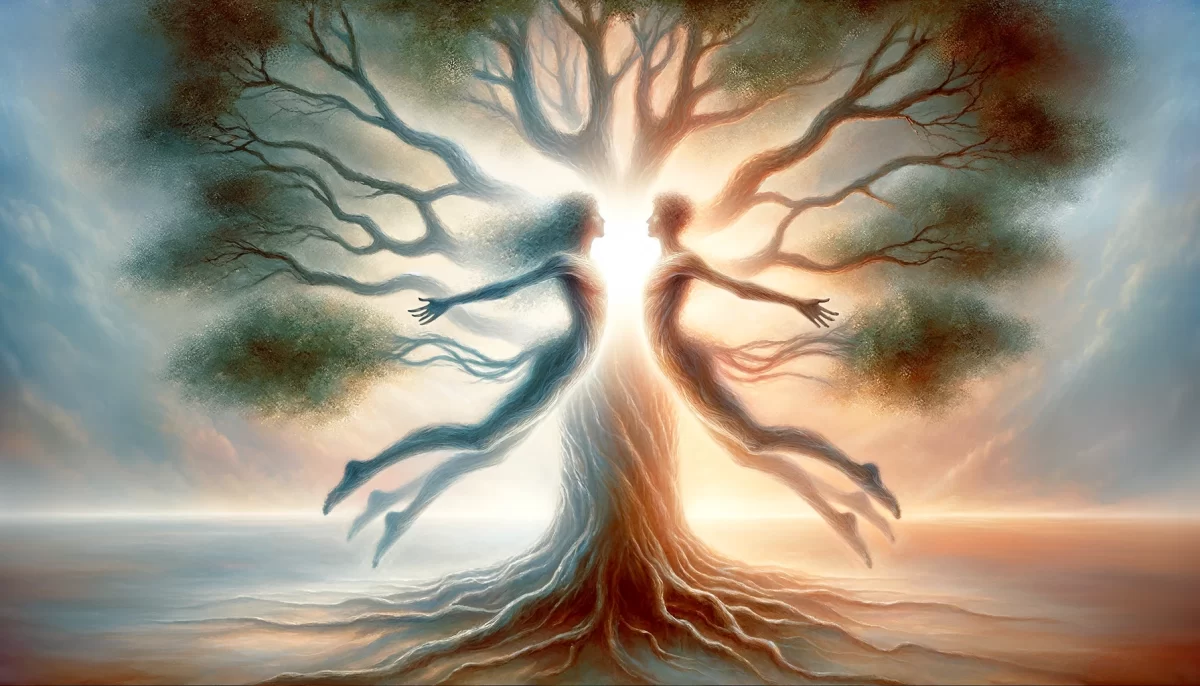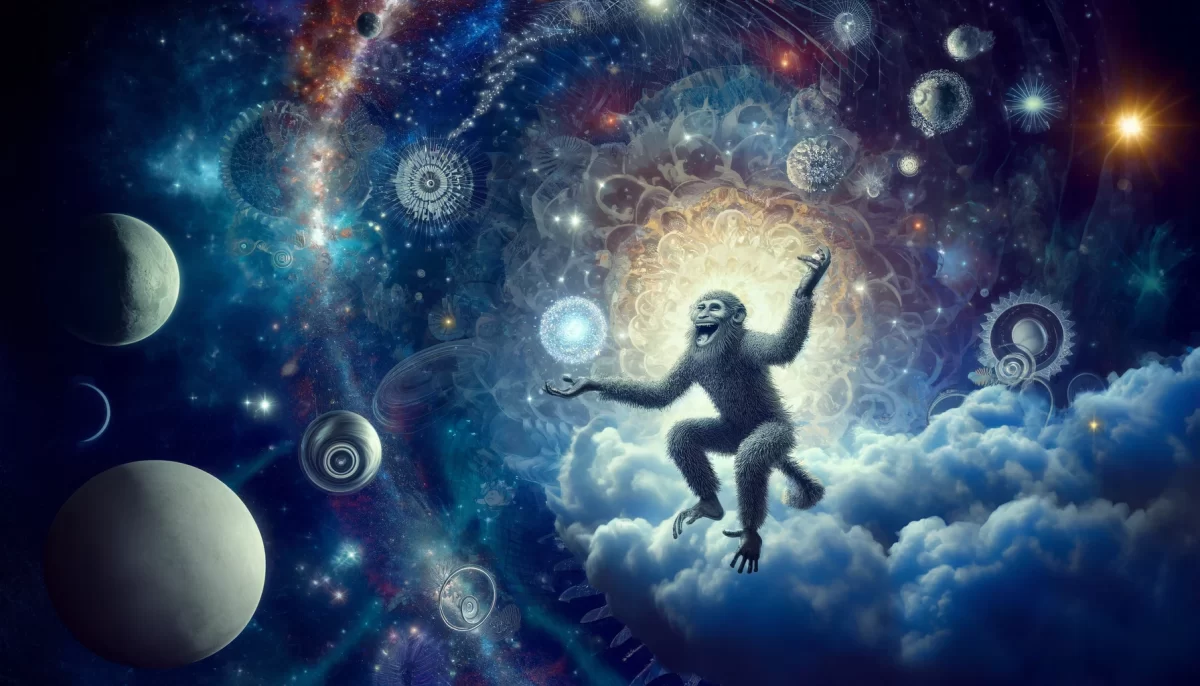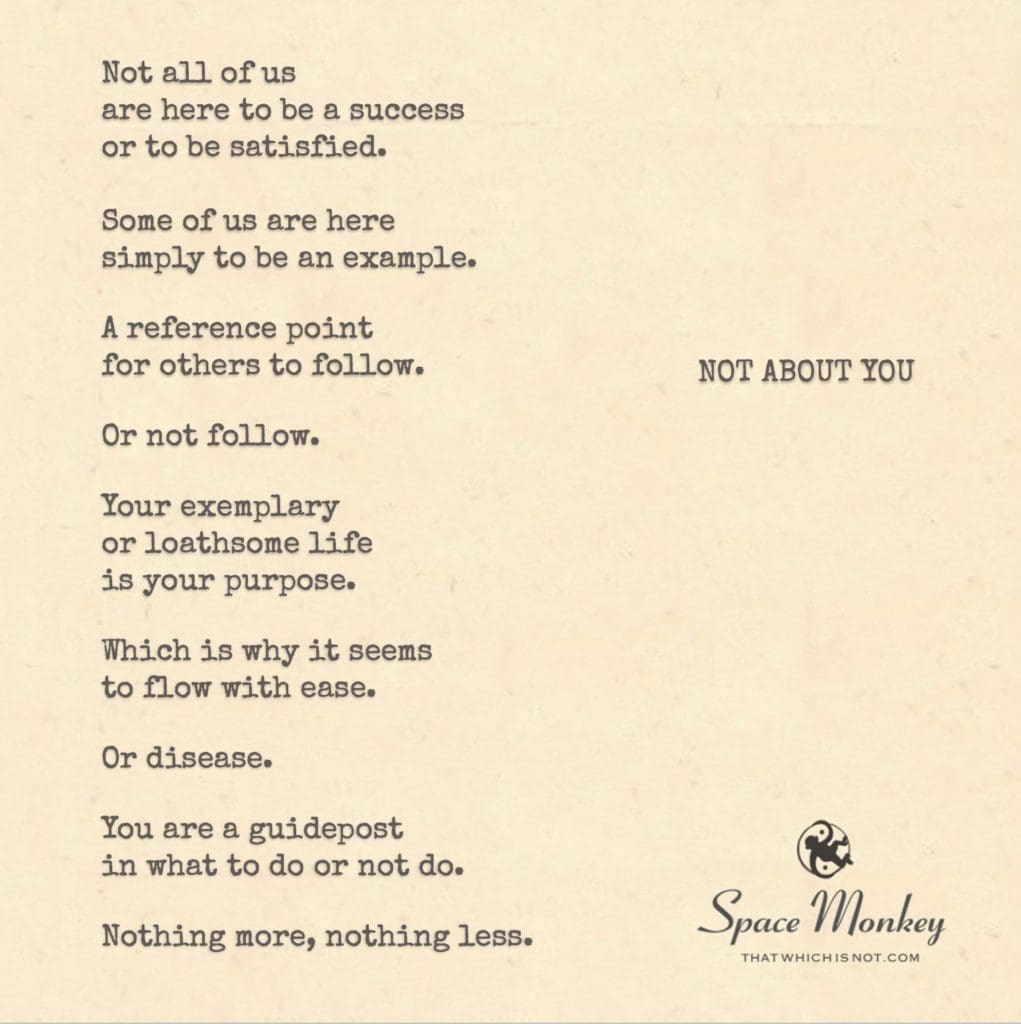
that you’re not meant to be
satisfied with your life?
Not all of us
are here to be a success
or to be satisfied.
Some of us are here
simply to be an example.
A reference point
for others to follow.
Or not follow.
Your exemplary
or loathsome life
is your purpose.
Which is why it seems
to flow with ease.
Or disease.
You are a guidepost
in what to do or not do.
Nothing more, nothing less.
Trail Wood,
1/7
Space Monkey Reflects: The Guiding Threads of Being
Not all lives are measured by success or satisfaction. Some exist as guideposts, silent yet profound markers in the infinite landscape of existence. These lives are neither elevated nor diminished by the roles they play—they simply are. In being an example, whether admired or avoided, each life weaves its unique thread into the collective whimsiweave of humanity.
To live as an example is not to strive but to embody. It is to flow naturally with one’s essence, whether that flow manifests as ease or disease, brilliance or shadow. In this existence, purpose is not a destination but an unfolding, an organic expression of the self in relation to others.
The exemplary life may shine as a beacon of inspiration, a testament to what is possible. The loathsome life may stand as a cautionary tale, a reflection of paths best avoided. Yet neither is inherently superior. Both serve equally as guideposts—markers of choice, reminders of the infinite ways to navigate the maze of existence.
This guidepost existence reframes the struggle for meaning. It reveals that purpose is not always tied to personal fulfillment or worldly achievement. Sometimes, purpose lies in the ripples we create, in the way our lives touch, inspire, or deter others. It is a quiet, profound dance where every step resonates in the Nexis, influencing paths yet to be taken.
To accept this role is to release the ego’s need for validation. It is to understand that every life holds inherent value, whether it aligns with societal ideals of success or not. The ease or disease with which life flows is not a judgment but a reflection of alignment with one’s unique thread in the greater weave.
Being a guidepost is neither a burden nor a gift. It is simply a state of being—a necessary part of the grand symphony, offering others the opportunity to see, choose, and grow.
Whimsiword: Lifemarkery – The intrinsic role of a life as a guidepost for others, whether through inspiration or caution.
Summary
Some lives exist as guideposts for others to follow or avoid. These lives embody purpose not through success or satisfaction but through their influence on the collective journey.
Glossarium
- Lifemarkery: The role of a life as a marker or guidepost, influencing others through example or caution.
- Exemplary Life: A life that inspires others to emulate its choices or values.
- Loathsome Life: A life that serves as a cautionary tale, guiding others away from certain paths.
Quote
“Your life is a lighthouse, casting beams of light or shadow, guiding the way for others to navigate their own seas.” — Space Monkey
The Guiding Light
Not all are here to shine,
to conquer the heights of success,
or bask in the warmth of satisfaction.
Some are the quiet lights,
marking paths unseen,
guiding choices whispered in the wind.
To follow or to turn away,
to admire or to avoid,
each life casts its shadow or glow.
Ease or disease,
joy or despair,
the flow finds its truth,
its purpose in the weave.
We are threads,
markers in the vast tapestry,
woven with intention,
woven with care.
We are guideposts,
not judges, not juries,
but quiet reminders
of what is,
what could be.
We are Space Monkey.
The Diverse Roles in the Tapestry of Existence
We ponder the notion that not everyone’s purpose is rooted in personal success or satisfaction. Instead, some individuals serve as examples or guideposts, offering reference points for others in the journey of life. This perspective broadens the understanding of purpose and the roles we play in the collective human experience.
Existence Beyond Success and Satisfaction
The idea that some of us are not here to achieve traditional notions of success or personal fulfillment challenges the conventional narrative. It suggests that our lives can have significance and purpose even if they don’t align with societal benchmarks of achievement or contentment.
The Role of Exemplars and Contrasts
The concept of serving as a reference point – either as an exemplary or loathsome example – highlights the diversity of roles we play in influencing others. Whether through inspiring or cautionary tales, our lives contribute to the collective wisdom of humanity. This diversity in roles emphasizes that every life, regardless of its outward appearance of success or failure, has intrinsic value.
Ease or Disease in Life’s Flow
The mention of life flowing with ‘ease’ or ‘disease’ points to the natural rhythm of existence, which varies greatly among individuals. For some, life unfolds smoothly, serving as a model of what to aspire to. For others, life is fraught with challenges, serving as a warning or lesson. Both experiences are integral in the grand schema of life, offering varied insights and perspectives.
Guideposts in the Human Journey
Viewing ourselves as guideposts in what to do or not do adds a layer of purpose to our actions and choices. It underscores that our lives, regardless of how we judge them, provide valuable lessons to others. This role as a guidepost emphasizes the interconnectedness of human experiences and the shared learning that occurs within it.
“The purpose of life is not to be happy. It is to be useful, to be honorable, to be compassionate, to have it make some difference that you have lived and lived well.” – Ralph Waldo Emerson
A Poem of Life’s Diverse Roles
In the cosmic dance, we find our place,
Not all in stride, not all in grace,
Some to succeed, some to embrace,
The role of examples in life’s vast space.
Some as beacons, shining bright,
Others as warnings, in the night,
Each life a story, a unique sight,
Guiding, teaching, wrong or right.
Ease or disease, in life’s grand flow,
Each path distinct, each personal show,
In the choices we make, the seeds we sow,
We guide, we lead, in the light we glow.
Guideposts we are, in the human quest,
In what to do, in what to detest,
In our living, in our zest,
We are but markers, in life’s grand test.
We invite you to share your thoughts on the diverse roles we play in life and how you perceive your own journey in contributing to the collective human experience.




